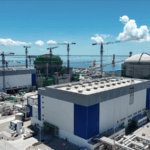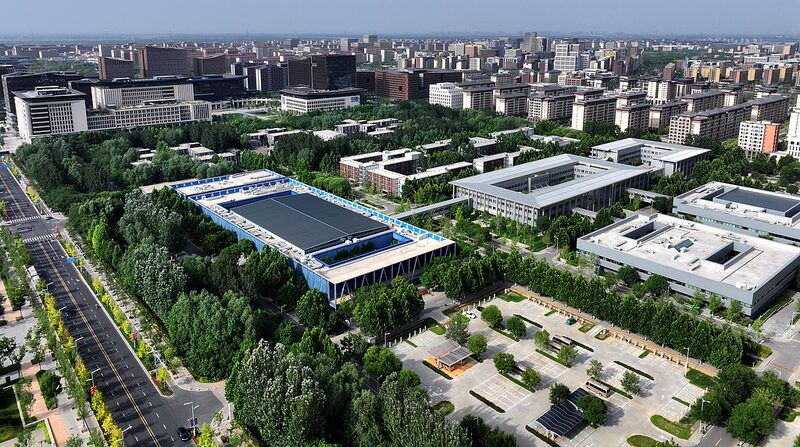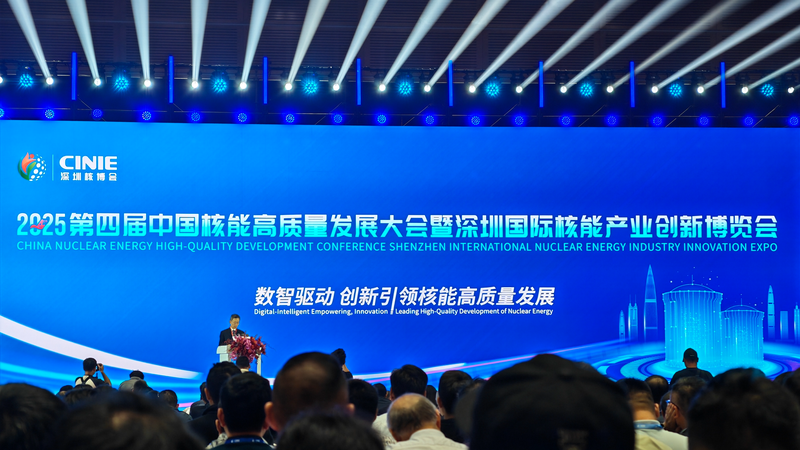As global energy demands evolve, China's nuclear sector is pioneering civilian applications that extend far beyond electricity generation. The recent conclusion of the 4th China Nuclear Energy High-Quality Development Conference in Shenzhen highlighted breakthroughs in nuclear heating and hydrogen production, signaling a strategic shift toward multi-functional, low-carbon solutions.
Heating Cities, Clearing Skies
Northern China's winter smog crisis is meeting its match through nuclear district heating systems. The 'Nuanhe-1' project, developed by SPIC Shandong Nuclear Power, has expanded its reach this year, now covering an additional 500,000 square meters during the 2024-2025 heating season. By 2026, this technology is projected to bring clean warmth to Qingdao, building on its success in heating 400,000 households across Shandong Province since 2019.
"Nuclear heating has transitioned from pilot projects to large-scale commercialization," said Zhang Zhongwei of Shandong Nuclear Power. "Its zero-carbon footprint and cost efficiency position it as a cornerstone of northern China's clean heating strategy."
Green Hydrogen at Industrial Scale
High-temperature gas-cooled reactors are revolutionizing hydrogen production. The Tianwan Nuclear Power project recently marked a milestone with 30,000 cubic meters of hydrogen generated using proton exchange membrane (PEM) electrolysis—a process boasting 90% efficiency and 99.999% purity. This breakthrough demonstrates nuclear energy's potential to decarbonize heavy industries and transportation sectors traditionally reliant on fossil fuels.
Unlike conventional methods that consume electricity, these reactors utilize 700-950°C thermal energy for thermochemical splitting of water, offering a scalable path to carbon neutrality. Industry analysts highlight this development as critical for meeting China's 2060 net-zero targets while maintaining industrial competitiveness.
Reference(s):
Beyond power generation: Nuclear ecosystem unlocks new civilian uses
cgtn.com






